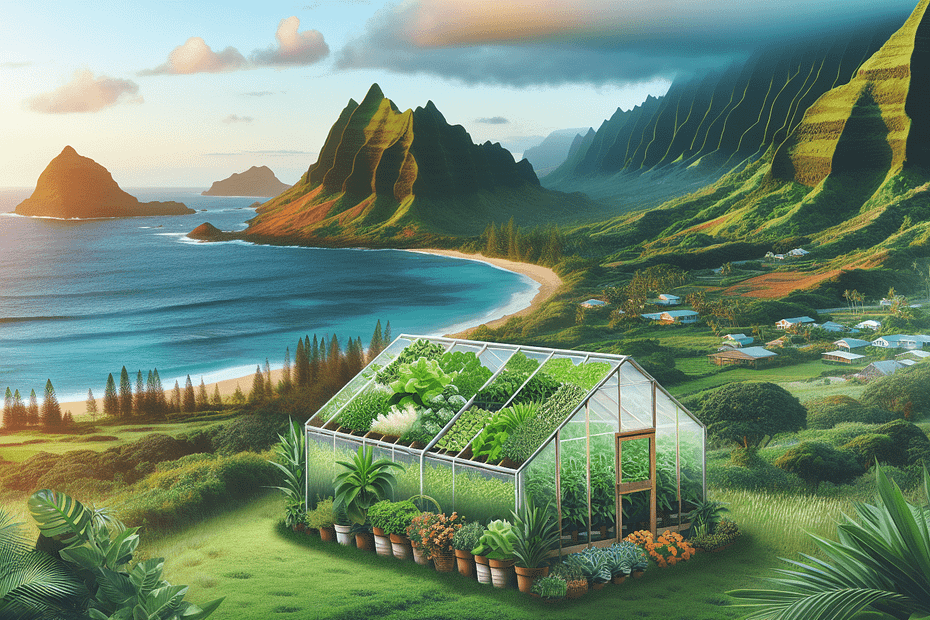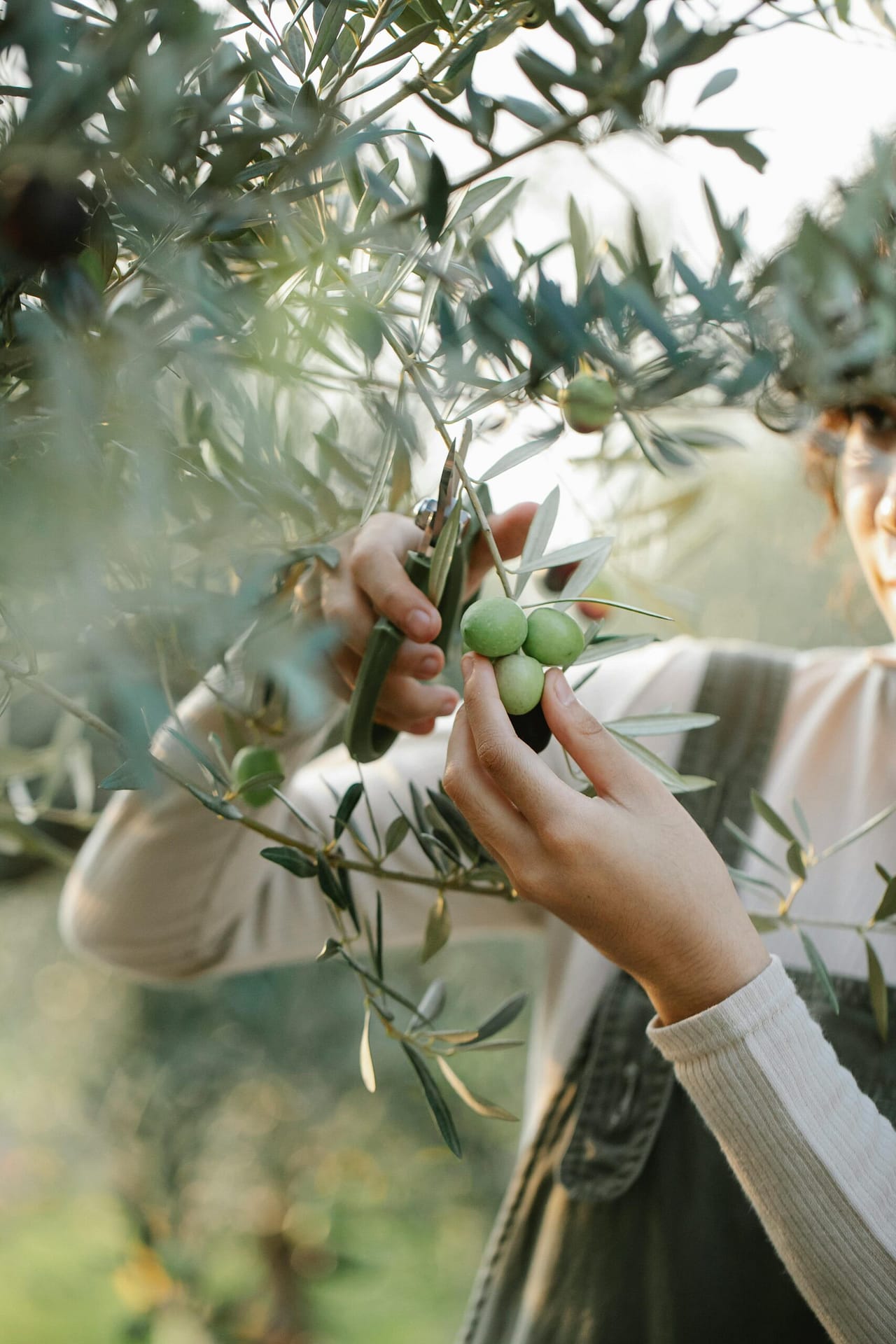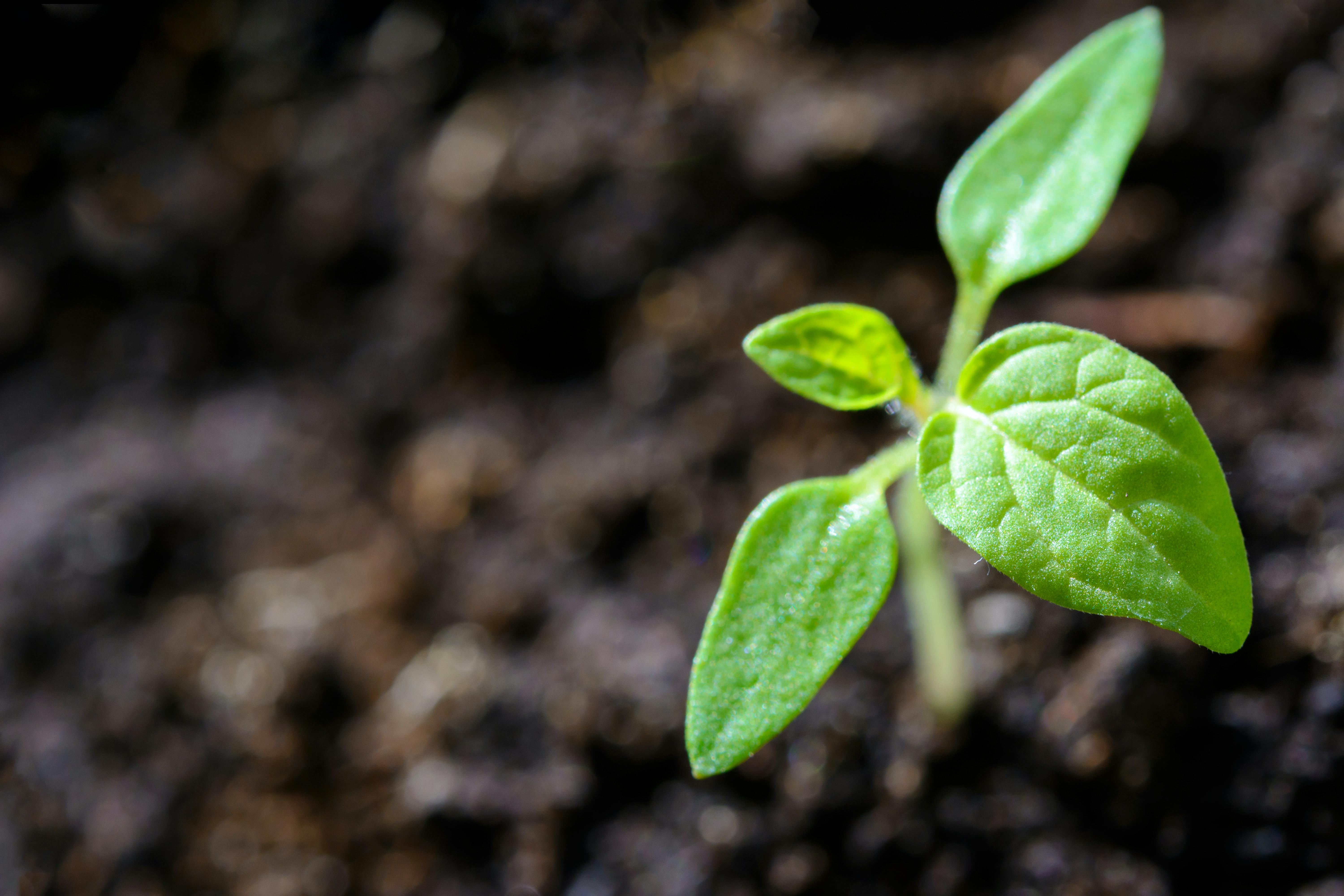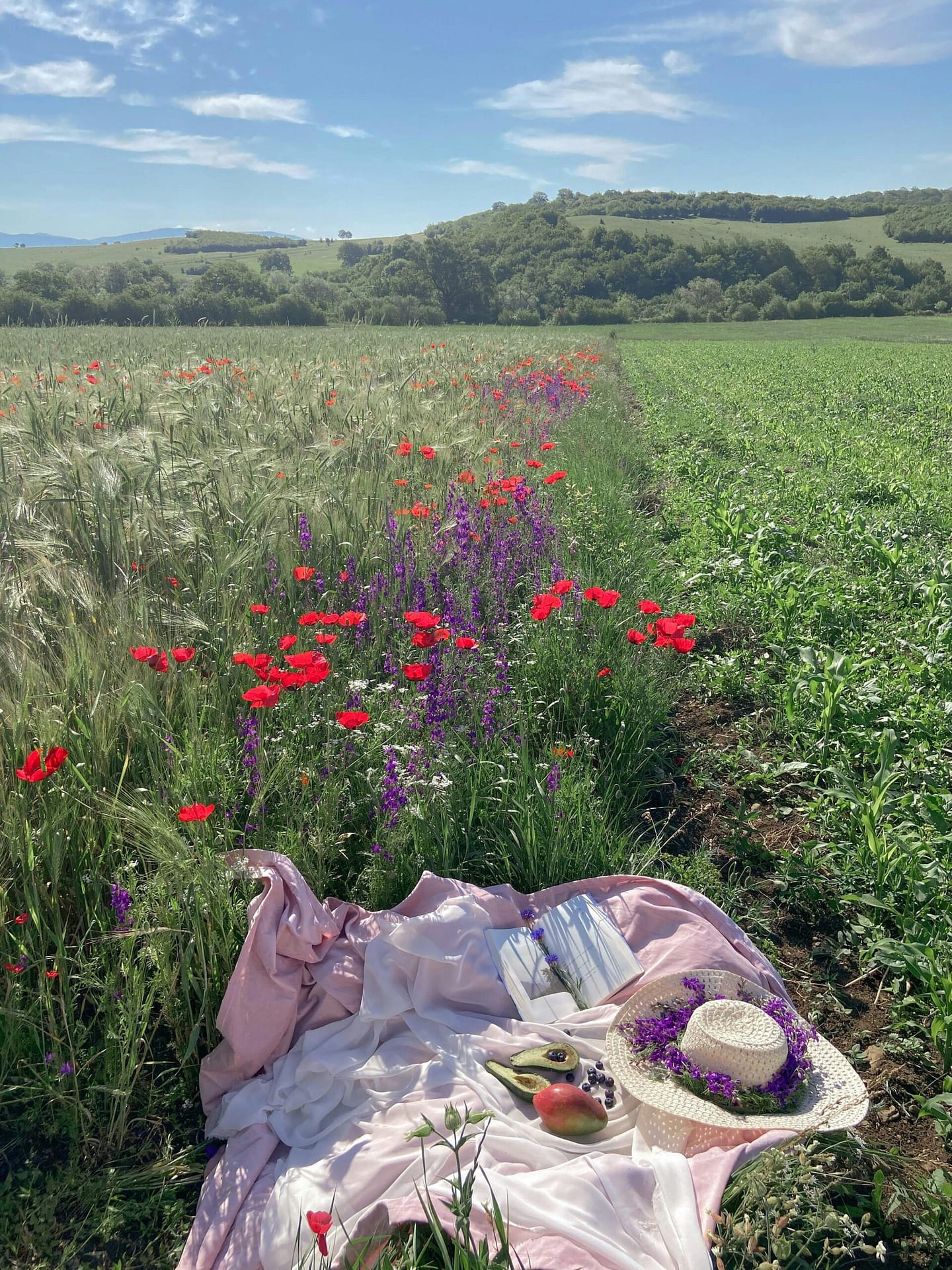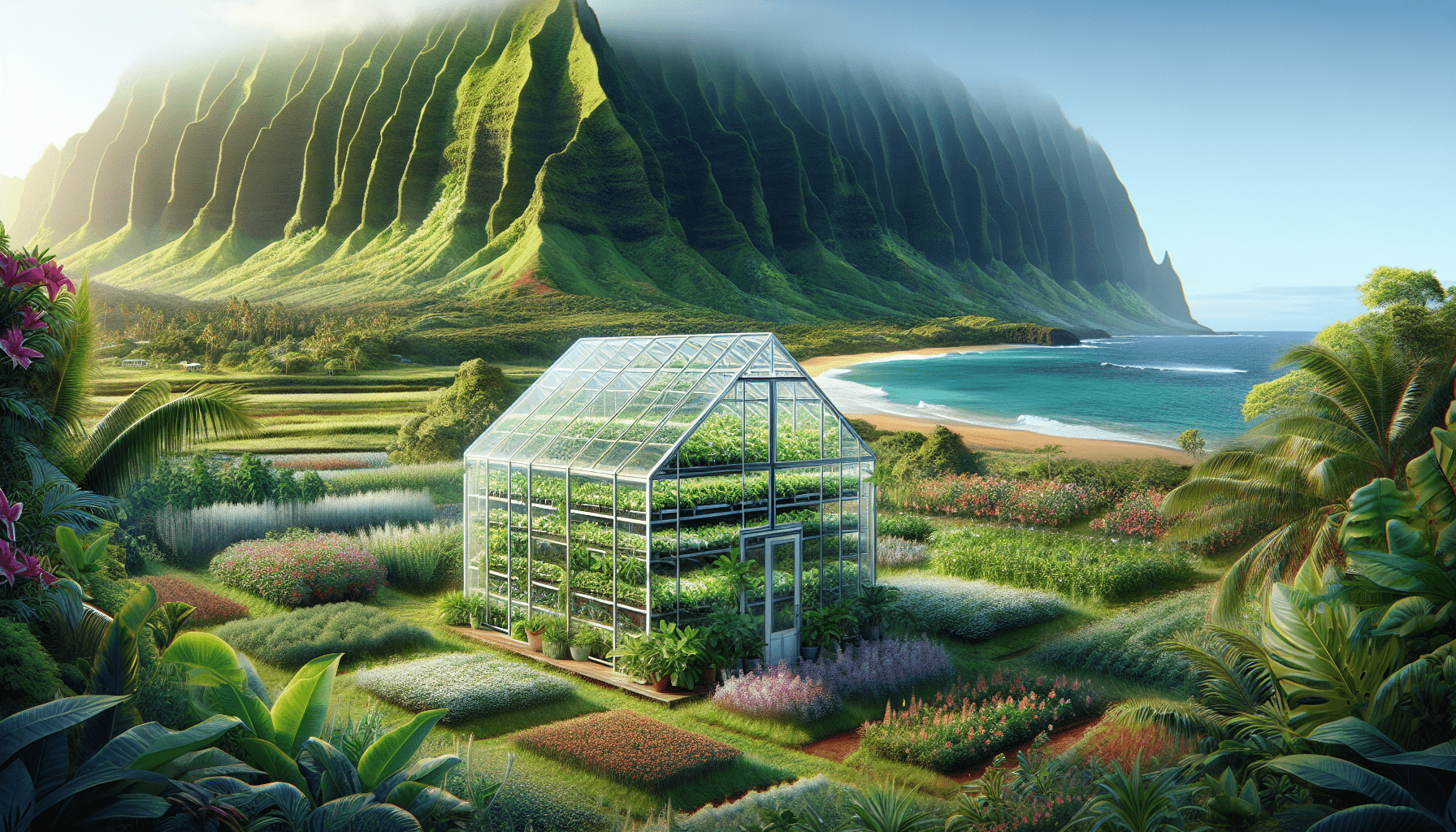Looking to start a commercial or personal grow in beautiful Hawaii? You’re in luck! With its tropical climate and rich soil, Hawaii offers a prime location for successful cultivation. From obtaining the necessary permits to selecting the right strains for your grow, this article will guide you through the steps to kickstart your operation in paradise. Get ready to turn your green dreams into a thriving reality!
Choosing the Right Location
When starting a commercial or personal grow in Hawaii, one of the first things you need to consider is finding the right location. Whether you are looking to grow for personal use or on a larger scale for commercial purposes, the location plays a crucial role in the success of your operation.
Climate and Growing Conditions
Hawaii’s unique climate and growing conditions make it an ideal location for growing cannabis. With its year-round warm temperatures, ample sunshine, and rich volcanic soil, Hawaii provides the ideal environment for cannabis cultivation.
Land and Zoning Regulations
Before choosing a location for your commercial or personal grow, it is important to familiarize yourself with the local land and zoning regulations in Hawaii. Make sure that the property you are considering is zoned for agricultural or commercial use and meets all the necessary requirements for cannabis cultivation.
Access to Resources
When starting a grow operation in Hawaii, it is essential to have access to necessary resources such as water, electricity, and transportation. Make sure that the location you choose has easy access to these resources to support your growing needs.
Selecting the Right Strains
Choosing the right strains for your commercial or personal grow is crucial for the success of your operation. Consider factors such as THC and CBD levels, growth characteristics, and yield potential when selecting the strains to cultivate.
Popular Strains in Hawaii
In Hawaii, some of the popular strains for commercial and personal grows include Hawaiian Haze, Maui Wowie, and Kona Gold. These strains are well-suited to the state’s tropical climate and provide high-quality yields for growers.
Sourcing Seeds or Clones
Once you have selected the strains you want to cultivate, it is important to source high-quality seeds or clones for your grow operation. Ensure that the seeds or clones you choose are from reputable sources and are free from pests or diseases.
Cultivation Techniques
When it comes to cultivating cannabis in Hawaii, there are various techniques that you can use to maximize your yield and quality. From indoor growing to outdoor cultivation, hydroponics to organic soil, there are several options to choose from based on your preferences and resources.
Indoor vs. Outdoor Cultivation
Deciding whether to grow your cannabis indoors or outdoors depends on several factors such as space, budget, and environmental conditions. Indoor cultivation allows for more control over the growing environment but may require higher upfront costs, while outdoor cultivation relies on natural sunlight and ventilation but is subject to weather conditions.
Hydroponics vs. Organic Soil
Hydroponics is a popular cultivation technique that involves growing plants in a nutrient-rich water solution without the use of soil. On the other hand, organic soil cultivation relies on natural soil and compost to provide nutrients to the plants. Consider the pros and cons of each technique before choosing the one that best suits your needs.
Setting Up Your Grow Room
If you opt for indoor cultivation, setting up a proper grow room is essential for the success of your operation. Consider factors such as lighting, ventilation, humidity, and temperature control when designing your grow room to ensure optimal growing conditions for your plants.
Nutrients and Feeding Schedule
Providing your cannabis plants with the right nutrients and feeding schedule is crucial for their growth and development. Consider using organic fertilizers and supplements to enhance the quality of your plants and avoid overfeeding, which can lead to nutrient deficiencies or nutrient burn.
Pest and Disease Management
Preventing and managing pests and diseases is an important aspect of cannabis cultivation in Hawaii. Be proactive in implementing pest control measures such as using natural predators, practicing crop rotation, and maintaining proper hygiene to keep your plants healthy and pest-free.
Harvesting and Curing
Harvesting and curing your cannabis plants properly is essential to preserving the quality and potency of your final product. Consider factors such as timing, trimming, and drying techniques to ensure a smooth and successful harvest.
Testing and Compliance
In Hawaii, cannabis cultivation for commercial purposes requires compliance with state regulations and testing requirements. Make sure to test your final product for potency, contaminants, and pesticides to ensure that it meets the state’s standards for quality and safety.
Marketing and Distribution
Once you have successfully grown and harvested your cannabis crop, it is essential to have a solid marketing and distribution plan in place. Consider factors such as branding, packaging, and sales channels to reach your target market and establish a reputable presence in the industry.
Conclusion
Starting a commercial or personal grow in Hawaii requires careful planning, research, and dedication to succeed. By choosing the right location, selecting the best strains, implementing proper cultivation techniques, and staying compliant with state regulations, you can build a successful grow operation in the beautiful islands of Hawaii. Happy growing!
